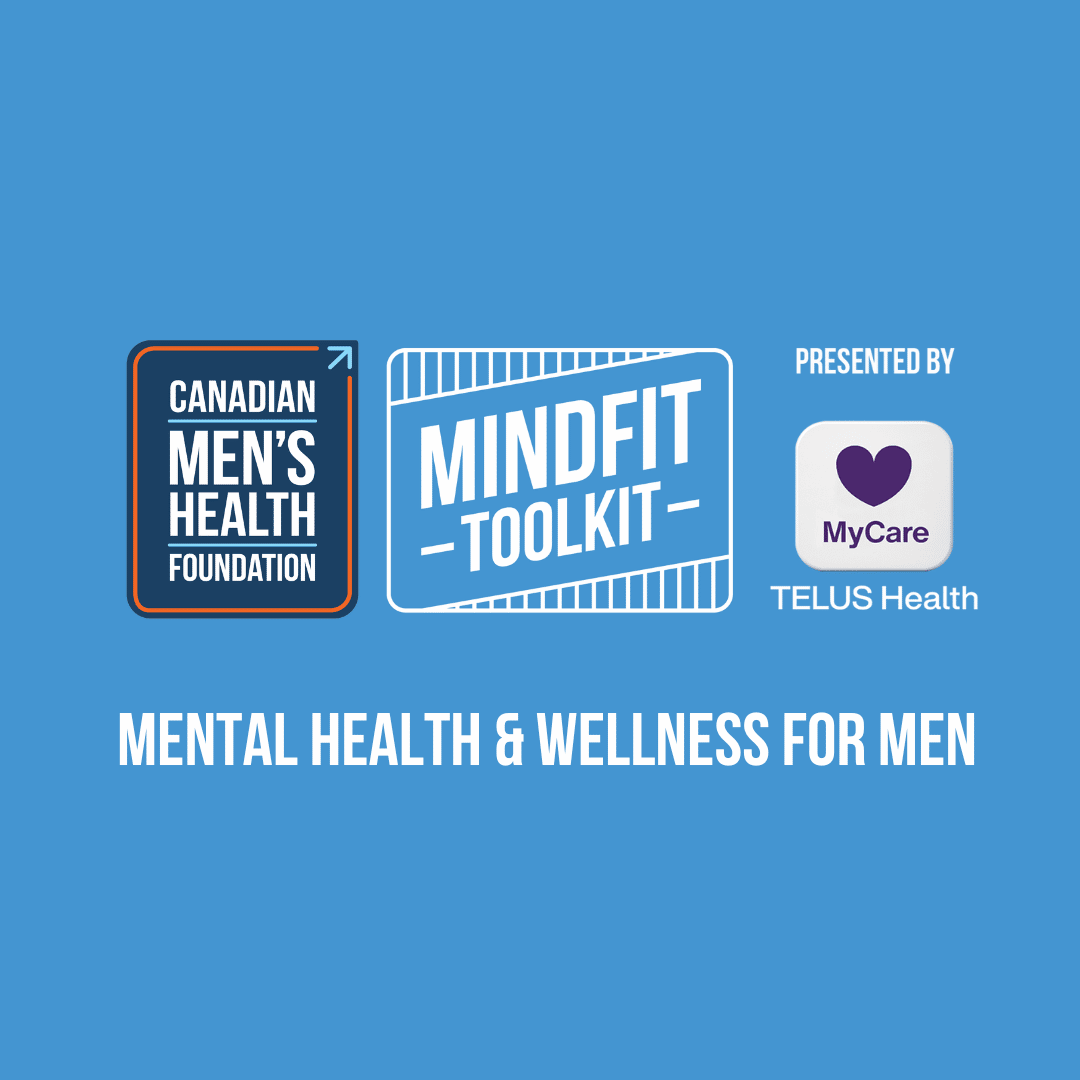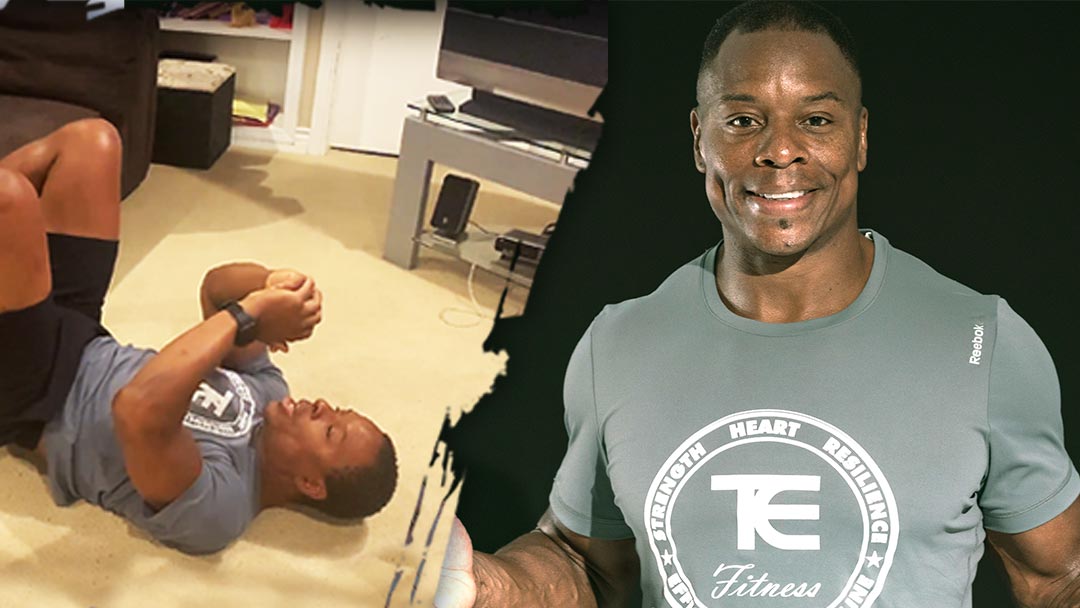We’ve all been there… you’re pressed for time, so you skip the warm-up, and you jump right into exercising. Bam! Whether during your routine or picking up a sock from the floor hours later, a muscle cramp takes you down like a lion on a gazelle.
It’s important to warm up properly to avoid injury and get the results you want. Dynamic stretches are one of the best ways to stretch before you get active. Here’s why.
Get limber
Dynamic Stretches continuously move your body for 5-10 minutes. It’s best done before exercising because it takes the muscles through their full range of motion. This is also called active stretching because you actively move while controlling your movements instead of holding a stretch.
You’re building strength, mobility, and coordination with dynamic stretching. You can save the Static Stretching for after your workout.
Lower Body Dynamic Stretches
If you’re training your lower body, start with two or three exercises from this list:
- Stand tall with your back straight, abs engaged, shoulders relaxed, and your hands on your hips.
- Breathe deeply as you march in place, driving your knees up toward the ceiling with each step. Keep your hands on your hips as your march.
- Shout, “Left! Left! Left, right, left!” just to see what happens.
Watch this video below to see how it’s done.
- Stand with your feet slightly wider than hip-width apart. Turn your feet and knees out. Literally, picture a sumo wrestler.
- Clasp your hands together in front of your chest.
- Squat while keeping your upper body lifted and chin slightly tucked. Don’t arch your back, but do suck in your belly for support.
Watch this video to see how it’s done.
- Lay on your back with your arms and your sides. Palms down.
- Bend your knees and place your feet flat on the ground with your legs shoulder-width apart. You should almost be able to touch your heels with the tips of your fingers.
- Squeeze your butt cheeks like you’re a human nutcracker and use that power to lift your hips.
- Keep your torso in a neutral position. Don’t arch your back.
- Lift your hips until your knees, hips, and shoulders form a straight line. Keep crackin’ the nut while counting to 5.
- Slowly lower back to the ground while keeping good form.
- Repeat 10 times.
Watch this video to see how it’s done.
- Start on your knees and put one leg out front at 90 degrees. Place a pad under your knee for comfort as needed.
- Tighten your belly muscles and suck in your butt.
- Slowly lunge forward and back in a rocking motion, gradually increasing your stretch for about 60 seconds.
- Switch legs. Repeat.
Watch this video to see how it’s done.
- There are two variations. You can do both.
- For either variation, remember the following:
- Stand upright with your abdominal core tight and keep your back in a natural/neutral position. Don’t arch it.
- Start slowly at first—as you begin to warm up, you can increase the range and pace of your swing.
- Your leg is straight at all times with a slight knee bend.
- Complete 10 to 15 reps, then repeat with the other leg.
- Front to back swing variation:
- Stand beside a wall. It should be either on the left or right side of your body. You are not facing the wall.
- Reach out your closest arm and touch the wall at shoulder height for support.
- Lift one leg and swing front to back.
- Side swing variation
- Face the wall and place both hands on it at 90 degrees for support.
- Swing one leg left to right between your support leg and the wall.
Watch this video to see how it’s done.
Upper Body Dynamic Stretches
If you’re training your upper body, start with two or three exercises from this list:
- Stand upright, feet shoulder-width apart with knees slightly bent.
- Clasp hands in front of your chest.
- Twist while raising your hands to the right over your head.
- Bring hands down across your body while you twist to the left, finishing in a squatting position.
- Make sure you’re looking at your hands at all times—it will make your body twist.
- You don’t need to hold any weight in your hands.
- Do 10 to 15 reps and then repeat on the opposite side.
Watch this video to see how it’s done.
- Stand upright, feet shoulder-width apart with knees slightly bent.
- Clasp hands in front of your chest.
- Rotate left to right 10 to 20 times.
Watch this video to see how it’s done.
- Stand up straight and keep your chin level with the ground without letting your chin drop to your chest.
- Rotate your head slowly and gently from side to side.
- To start, do not turn your head completely to either side. Keep the motion small at first and increase over time.
- Do 15 to 30 reps.
Watch this video to see how it’s done.
- Sit upright in a chair or stand.
- Shrug your shoulders up to your ears, then roll them back and downwards.
- Squeeze your shoulder blades together and then slowly lower to a relaxed position.
- Repeat 10 to 15 times.
Watch this video to see how it’s done.
- Get on the floor on all fours, positioning your hands slightly wider than your shoulders.
- Extend your legs back so that you are balanced on your hands and toes. Keep your body in a straight line from head to toe without sagging in the middle or arching your back.
- Before you begin any movement, contract your abs and tighten your core by pulling your belly button toward your spine. Keep a tight core throughout the entire push-up.
- Inhale as you slowly bend your elbows and lower yourself until your elbows are at a 90-degree angle.
- Exhale as you begin contracting your chest muscles and pushing back up through your hands to the start position. Don’t lock your elbows; keep them slightly bent.
- Modification: do knee push-ups as you work towards regular push-ups over time.
Watch this video to see how it’s done.
- You get it. Crawl on all fours like a bear.
- If you have any issues, such as an abdominal hernia, be careful or skip.
- Start in a push-up position. Hands should be beneath the shoulders. The back is strong, and the core is engaged. Feet should be hip-distance apart with heels off the floor.
- Begin to move forward by simultaneously moving your right hand and left leg forward with a crawling motion.
- Immediately after placing your weight on your right hand and left leg, switch sides and move your left hand and right leg forward.
- Keep your body relatively low and continue in a crawling motion. Imagine that you are crawling beneath a low net.
- Tip: grip the ground with your fingers to take some weight off your wrists.
Watch this video to see how it’s done.
- If you have any issues, such as an abdominal hernia, be careful or skip.
- Stand with your feet hip-width apart, then bend at the waist and place your hands on the floor.
- Keeping your legs straight (but not locked), walk your hands forward while keeping your abs and back braced.
- Slowly walk your feet back to your hands.
Watch this video below to see how it’s done.
What are the benefits of a proper warm-up?
Warm-ups are the most important action to prepare your mind and body for exercise. A proper warm-up will prime your heart, lungs, and muscles for what you’re about to do to them. It will also vastly improve your performance, focus, and results.
Here are just a few benefits of a proper warm-up:
- Muscle temperature increases: Warm muscles move, react, and relax quickly, which reduces your risk of injury and leads to increased muscle elasticity. This is important because a lot of muscle tears are a result of improper warm-ups.
- Range of motion increases: This allows your large joints (such as your shoulders and knees) to reach their maximum movement potential. As you age, this becomes extremely beneficial!
- You get mentally grounded: The warm-up is a good time to mentally prepare by clearing your mind and increasing focus. This is a great time to visualize positive imagery, so you can be at your best. Think of it as getting into “the zone.”
- Less muscle tension and pain. Muscles that are warm and relaxed help you move easily with less pain and stiffness. A warm-up is like adding WD-40 to your joints and ligaments, which will help you move better.
What is static stretching, and when should I do it?
Static stretching requires you to hold each position for longer periods of time (30 seconds or longer). Examples of static stretching include trying to touch your toes, side bends, arm extensions, or laying on your back and holding your hamstrings. Save static stretching for the end of your workout when your goal is to lengthen and loosen your muscles.
Now that you’re warmed up and ready to go, check out my Any Fitness Level Exercise Videos
Is there a stretch or a routine that gets you prepped for reps? Share your tip in the comments below!
Not Feeling Like Yourself?
Tackle chronic stress, anxiety and depression with MindFit Toolkit. Access free mental health tools designed for men.

The article was originally published on May 20, 2021.

i have chronic lower back problems..unable to move quickly in morning. OA in the L5 s1 area prevents me doing stretches. severe lower back pain dictates I lay down a lot to remove pain from the area previous.
what can I do..since i am diagnosed with type 2 diabetes
That sounds very painful for you. The best place to start is with an in-person visit with a healthcare professional, like a physiotherapist.
~Canadian Men’s Health Foundation team member